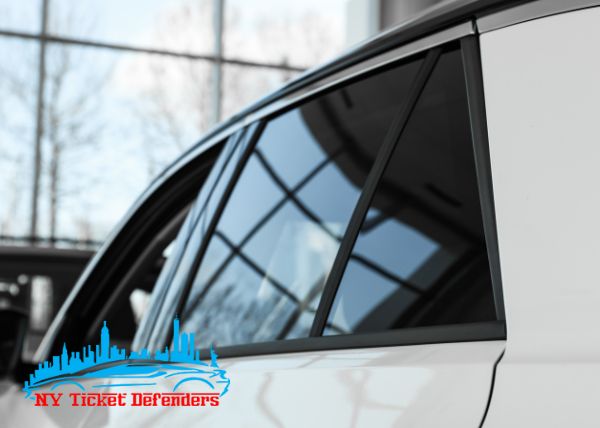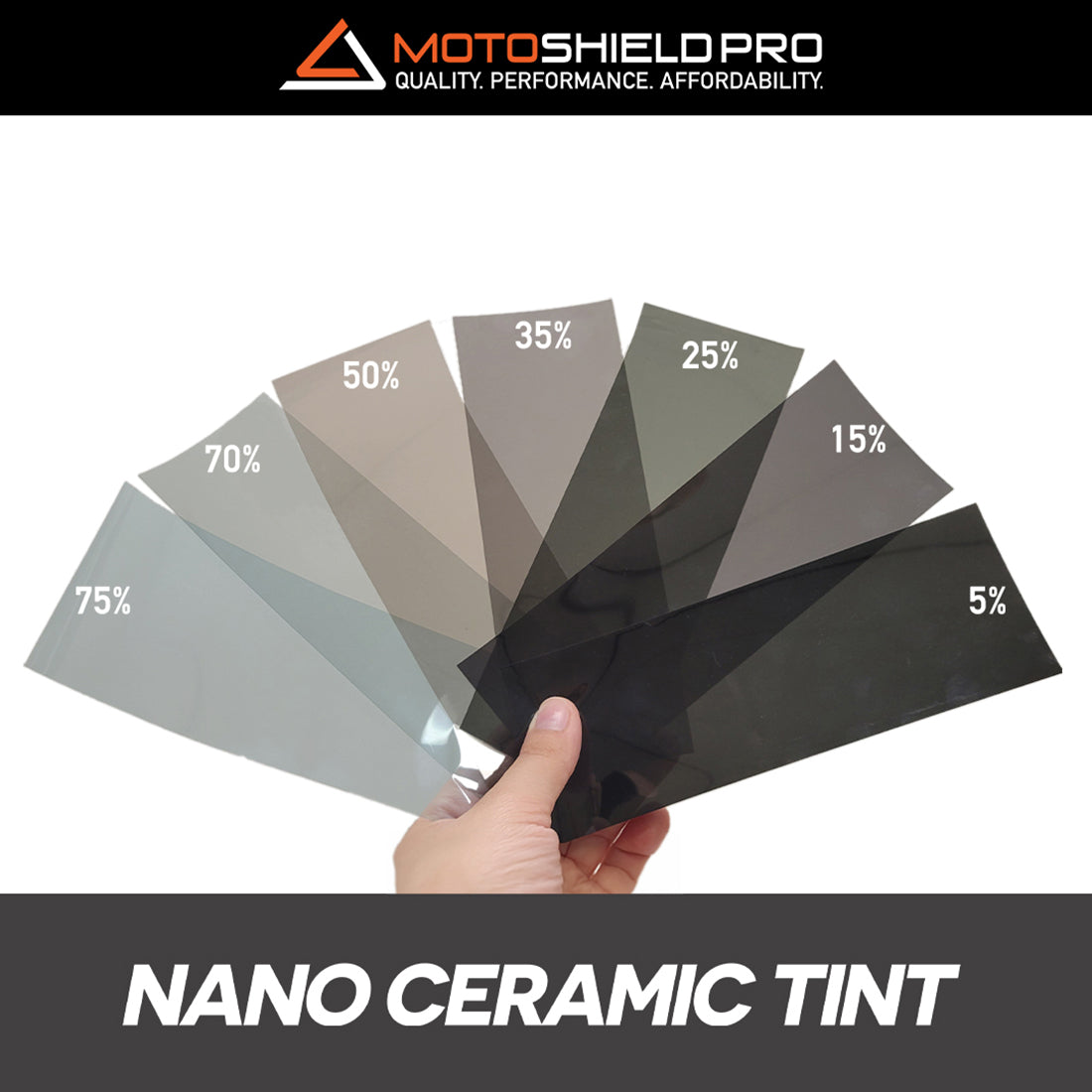Vehicle Window Tinting: What to Anticipate Throughout the Installment Refine
Vehicle Window Tinting: What to Anticipate Throughout the Installment Refine
Blog Article
Window Tinting Rules and Guidelines: What You Required to Know Before Tinting Your Cars And Truck
Prior to proceeding with home window tinting for your car, it is vital to familiarize on your own with the diverse regulations and guidelines that regulate this technique across various states. These guidelines dictate the acceptable degrees of color darkness, often measured by noticeable light transmission (VLT) percentages, and consist of details specifications for front windscreens aimed at making sure road safety and security. In addition, specific territories may supply clinical exemptions for people with certifying problems. Recognizing these intricacies can save you from prospective legal implications, however what are the particular regulations in your state?
Overview of Window Tinting Laws
Home window tinting laws are regularly based on variation throughout various jurisdictions, reflecting neighborhood guidelines and safety factors to consider. These laws dictate the acceptable degrees of color darkness and reflectiveness on automobile windows, making sure that motorists maintain sufficient exposure while likewise protecting against damaging UV rays and warmth.
Most regulations categorize window tinting based upon the Visible Light Transmission (VLT) percent, which suggests the amount of light that can travel through the home window. Typically, reduced VLT portions symbolize darker colors. Laws commonly distinguish between the front, side, and rear windows, with more stringent limitations put on the front windscreen to improve safety for both the vehicle driver and various other roadway customers.
Additionally, some jurisdictions impose constraints on the reflectivity of the tint, stopping excessive glow that might impair presence. Exceptions to these laws might exist for people with certain medical conditions requiring extra sunlight security. Conformity with home window tinting laws is important, as offenses can lead to penalties, compulsory removal of the tint, and possible boosts in insurance premiums. As a result, it is important for car proprietors to acquaint themselves with local laws prior to waging window tinting installations.
State-by-State Color Laws
Comprehending the particular window tinting regulations in each state is important for automobile owners looking for to abide by the legislation. Each state in the U.S. has actually established its very own set of regulations governing home window tinting, which can differ dramatically. These guidelines often dictate the allowed levels of tint darkness, the kinds of home windows that can be tinted, and any kind of medical exemptions that may use.
As an example, states like California have strict constraints on tint darkness for front home windows, while others, such as New Mexico, may permit darker colors. In addition, specific states mandate particular presence percentages for various windows, consisting of the windscreen, front side windows, and rear windows. It is essential for automobile owners to acquaint themselves with their state's regulations to prevent prospective fines or penalties.
Moreover, some states might need an accreditation sticker to be positioned on tinted windows, suggesting conformity with state legislations. Failure to abide by these policies not just runs the risk of legal effects however can additionally influence safety and visibility while driving. Vehicle owners must perform thorough study or consult neighborhood authorities to ensure full understanding and compliance with state-by-state color policies.
Allowed Color Degrees and Types
Several car proprietors may be shocked to discover that allowed color levels and types differ extensively throughout different states. Each state has established its own laws relating to the acceptable darkness and reflectivity of home window tint, often measured by Visible Light Transmission (VLT) portions. VLT refers to the quantity of light that can travel through the colored windows; thus, a reduced percent suggests a darker color.

Additionally, the kinds of color products permitted can vary, with some states forbiding metal or mirror-like surfaces. It is essential for automobile proprietors to familiarize themselves with their state's particular legislations to make sure compliance. Non-compliance can cause penalties, necessary removal of the color, or other legal effects, making it essential to recognize these policies before waging installment.
Medical Exemptions for Tinting
While not all states provide allocations for clinical exemptions relating to window tinting, those that do identify the necessity for particular people to improve exposure and convenience due to clinical problems. Different clinical conditions, such as lupus, skin cancer, and specific eye conditions, can make individuals specifically delicate to sunlight. As a result, these individuals may need darker colors to safeguard themselves from dangerous UV rays and glare.

It is essential to note that also with a medical exception, there might still be restrictions on the level of color enabled. Conformity with state legislations ensures that individuals are both protected and within lawful limitations. Those taking into consideration clinical exemptions must call their local Department of Motor Autos or equal authority to recognize the needs and procedures necessary to look for an exception efficiently.
Penalties for Non-Compliance
Falling short to follow window tinting laws can bring about considerable fines, which differ by state. Legislation enforcement agencies are empowered to provide citations for automobiles that do not stick to the defined tinting policies. These penalties generally consist of fines, which can vary from moderate amounts to several Check Out Your URL hundred bucks, depending upon the extent of the violation and the state concerned.
In some jurisdictions, duplicated offenses may cause intensifying penalties or extra fines, such as obligatory court appearances. Moreover, non-compliance might demand the removal of prohibited tinting, often at the owner's expenditure. In severe cases, regular transgressors might encounter suspension of their vehicle enrollment till conformity is attained.
Additionally, insurance implications may emerge from obtaining multiple citations for window color offenses. Insurance companies may view such violations as a sign of riskier actions, possibly leading to raised costs or problem in protection.
To stay clear of these charges, it is critical for vehicle owners to familiarize themselves with their neighborhood window tinting legislations and ensure that their lorry complies (Window Tinting). This proactive approach not just stays clear of legal implications but likewise advertises roadway safety
Final Thought

The majority of laws categorize window tinting based on the Visible Light Transmission (VLT) portion, which suggests the amount of light that can pass with the home window. Conformity with home window tinting regulations is important, as infractions can result in fines, obligatory elimination of the tint, and prospective boosts in insurance premiums.Comprehending the details window tinting policies in each state is important for lorry proprietors seeking to comply with the legislation. These laws usually determine the allowed degrees of color darkness, the kinds of windows that can be tinted, and any medical exemptions that might use.
For circumstances, states like The golden state have rigorous limitations on color darkness for front windows, while others, such as New Mexico, may enable darker tints.
Report this page